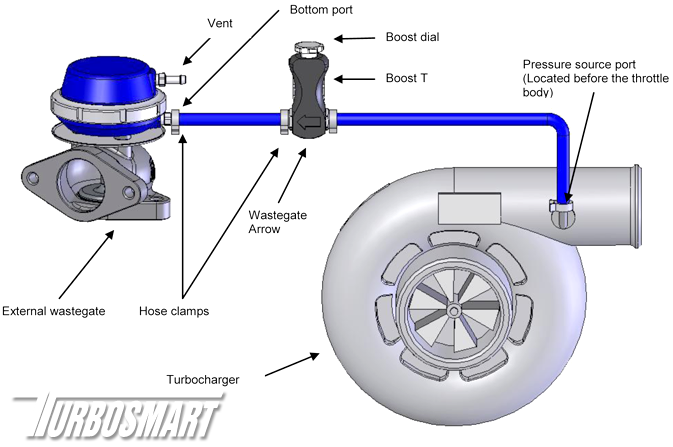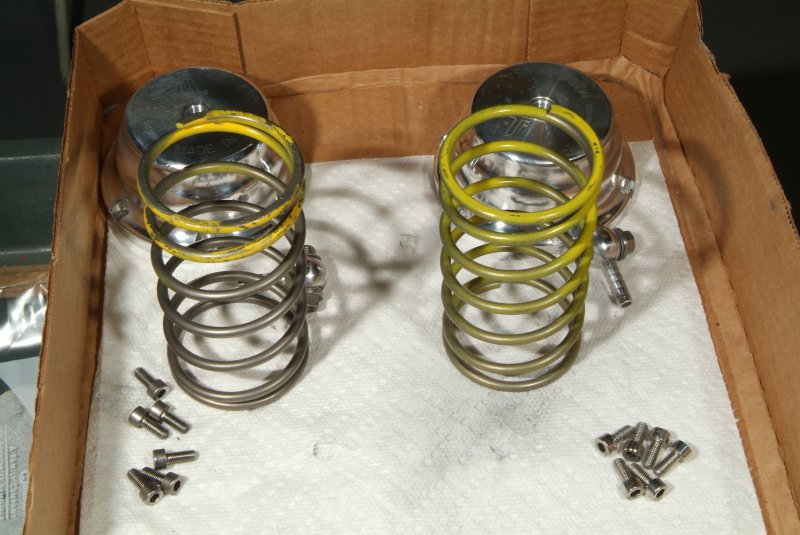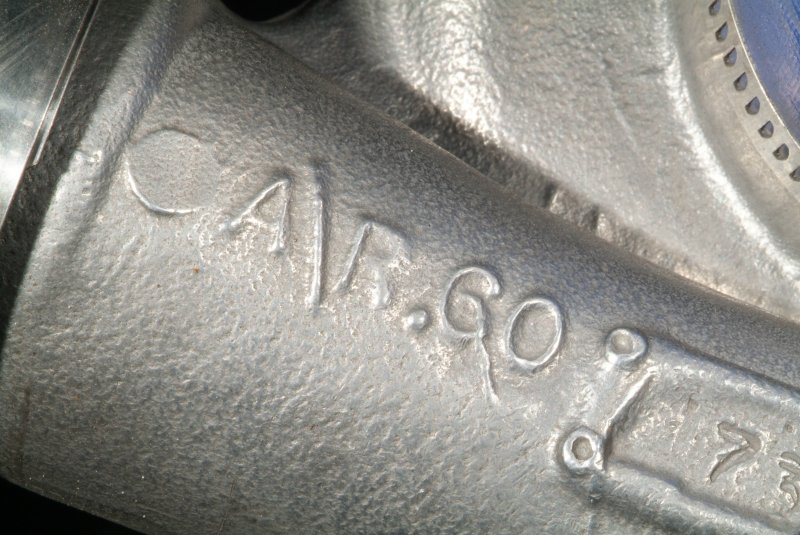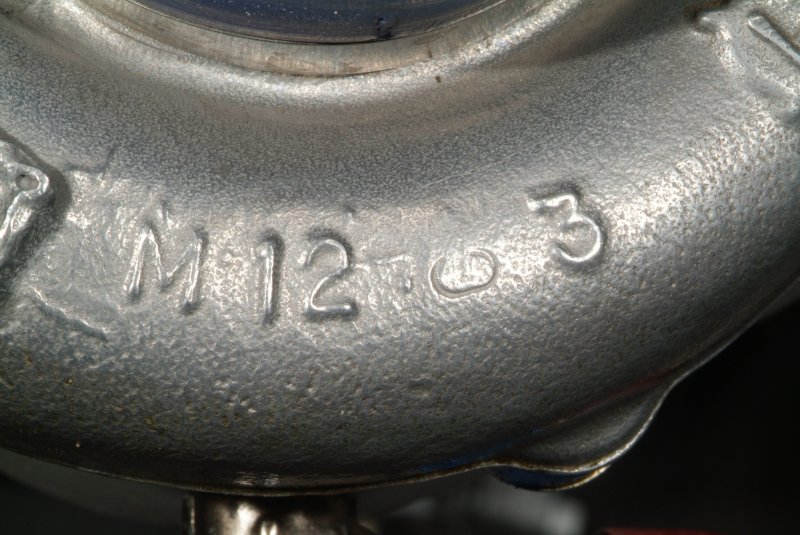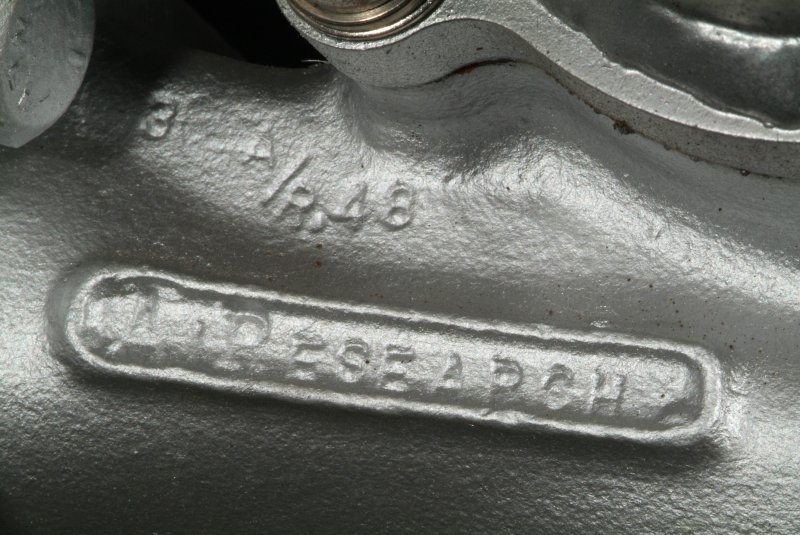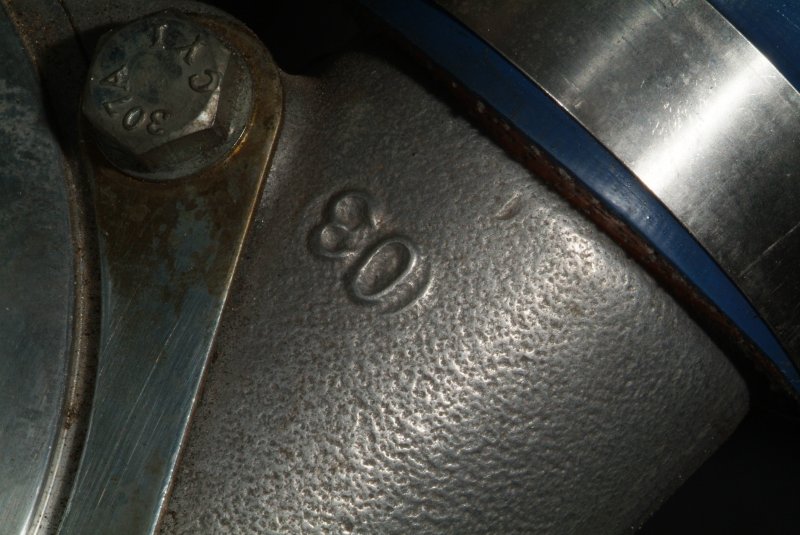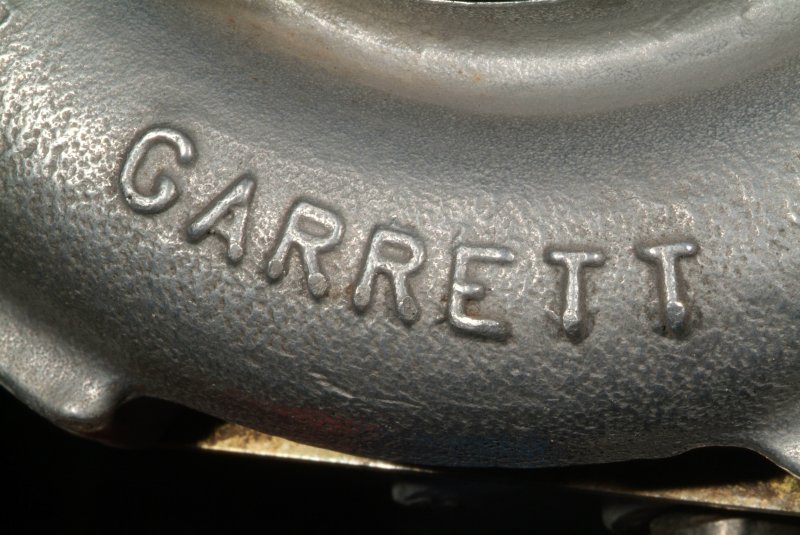Which Tigershark manufacturer did you go with Rich, Starcraft? Will you post on the install?
Starcraft said that the bumper fascia I got was "original" so I presume it is one of theirs. This hasn't been much on the front burner, as I've been puttering around with the tuning stuff lately. And then I played around with trying my hand at wet sanding too.
I won't be doing the painting and install of the bumper myself, so best I will be able to do is to take pics after the install. And hope that the color matching is OK. I didn't screw up the rest of the paint job on the car too much with my wet sanding experiment, so I can live with the results for a while.
I've been scraping the paint off of the inside of the Tiger Shark bumper fascia here and there, as it pretty much just fell off with light scraping. The paint job on the front seems pretty decent, so I'm guessing there will be minimal fitting and prepping of the fascia itself beyond just removing the black paint that is currently on it.
And I'll be perfectly honest that after what I went through with Chris Harwood and Aaron Scott, I'm really not all that excited about putting my car into someone else's hands for a while. Nor believe a word they tell me about their expertise level. So that certainly is an influence on my dragging my feet about getting this done.

